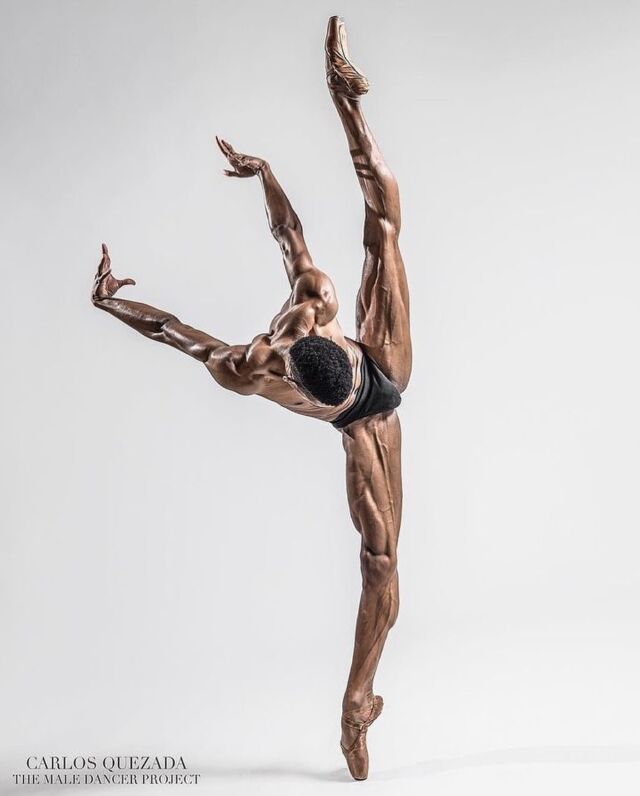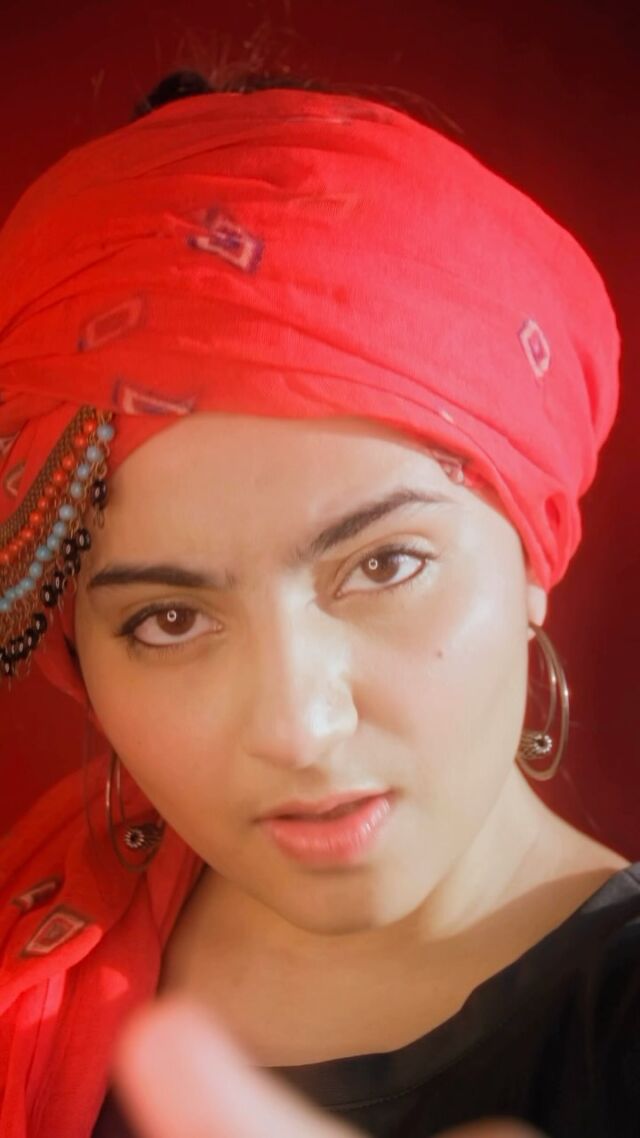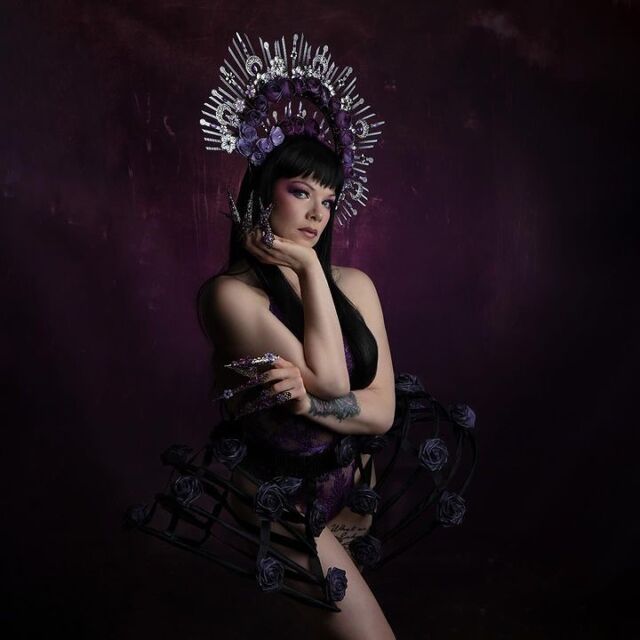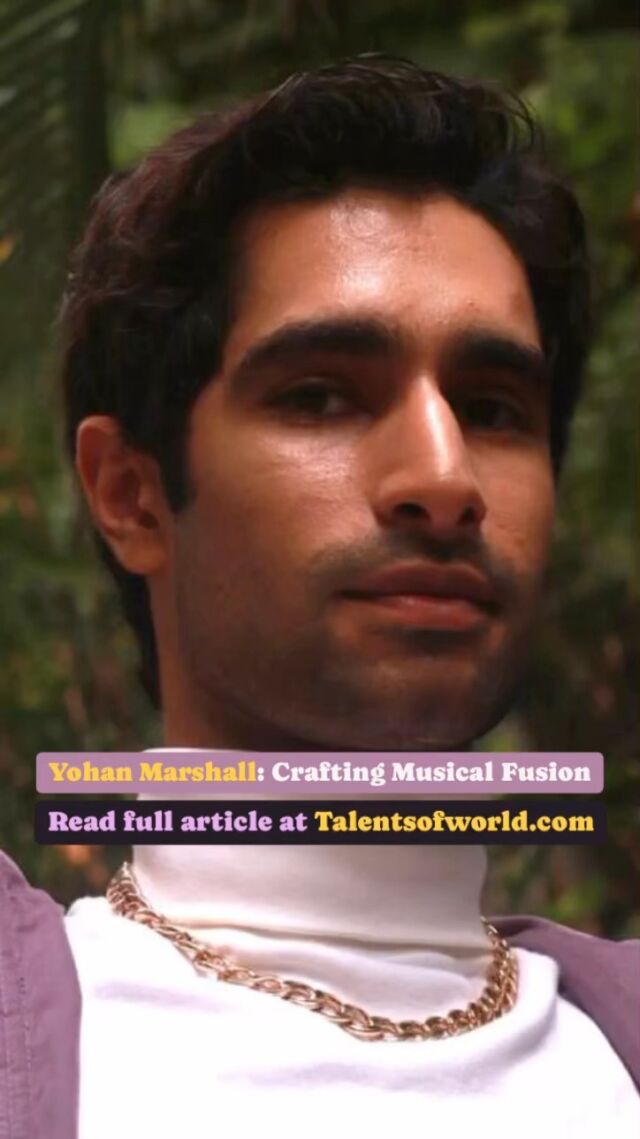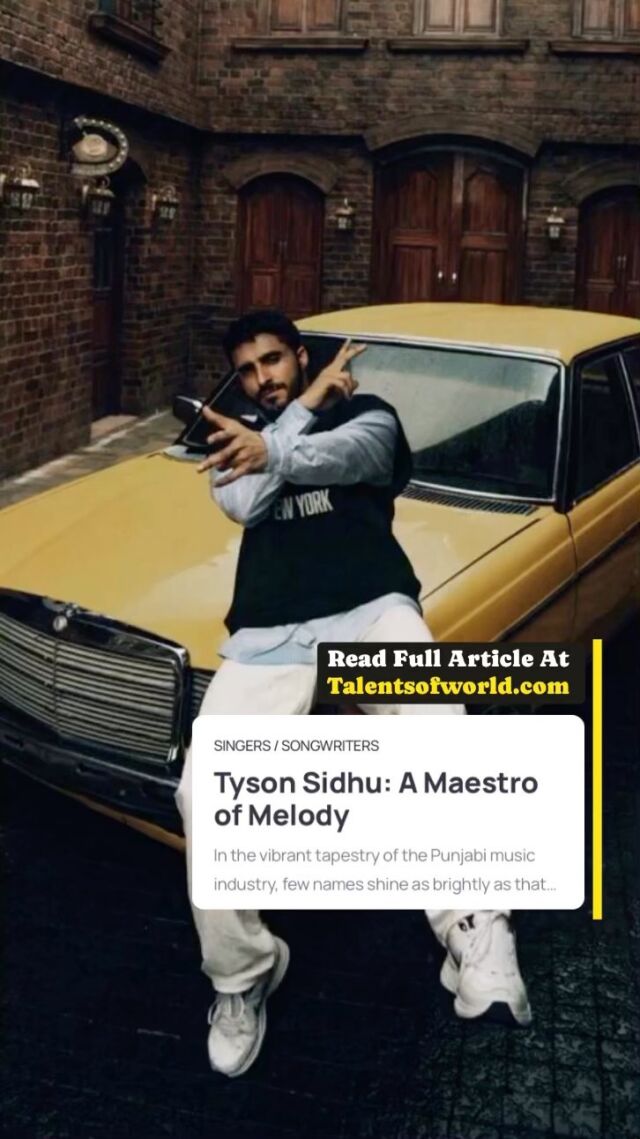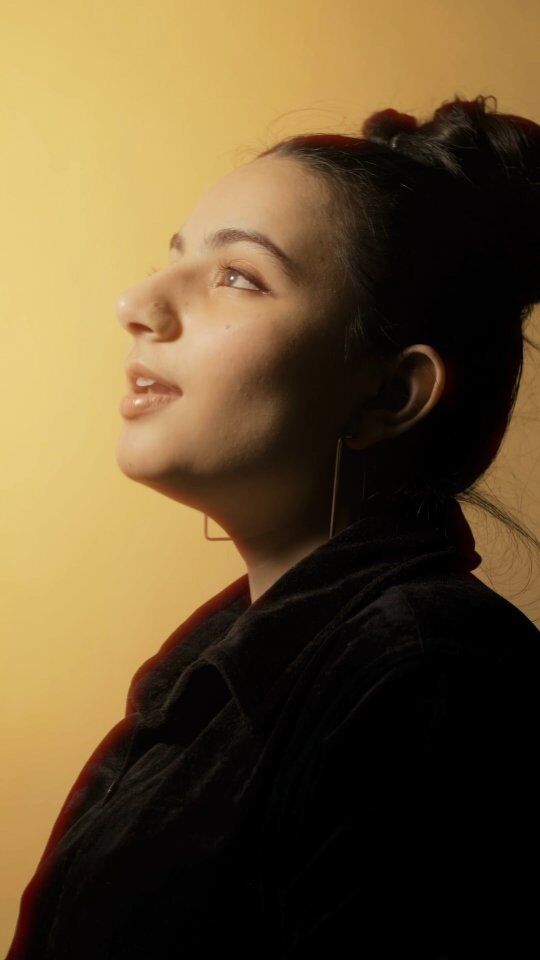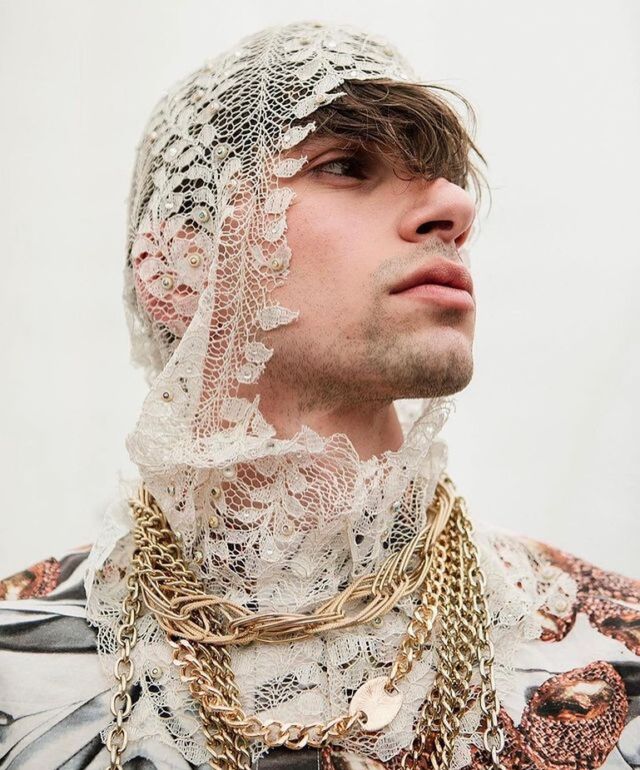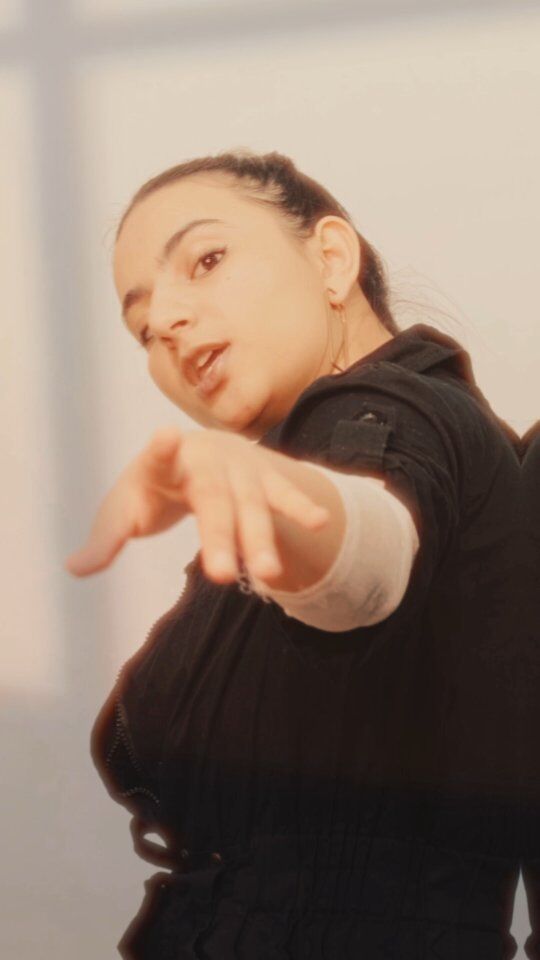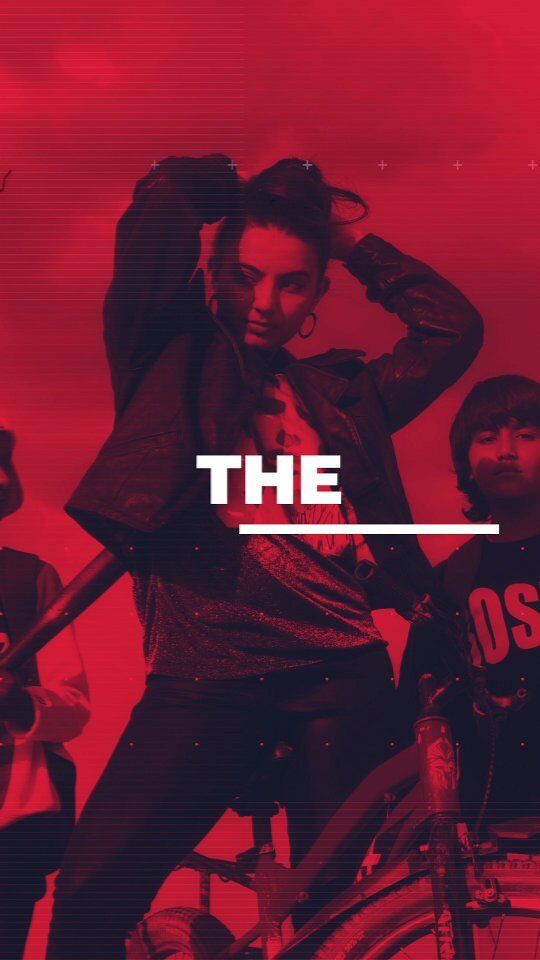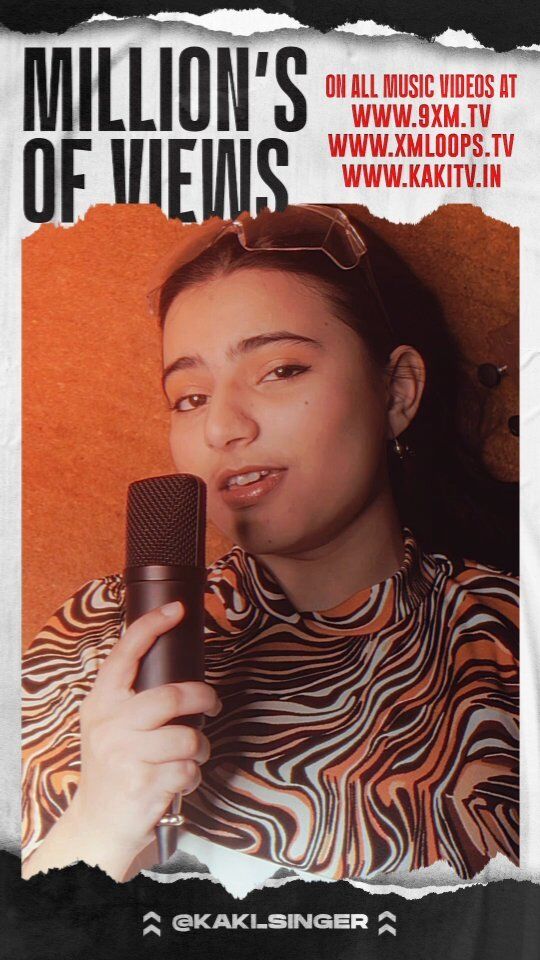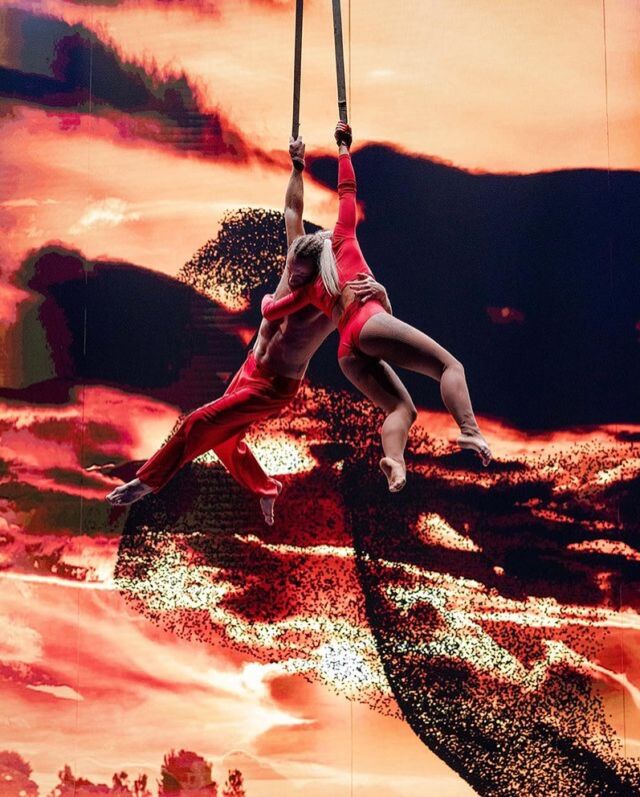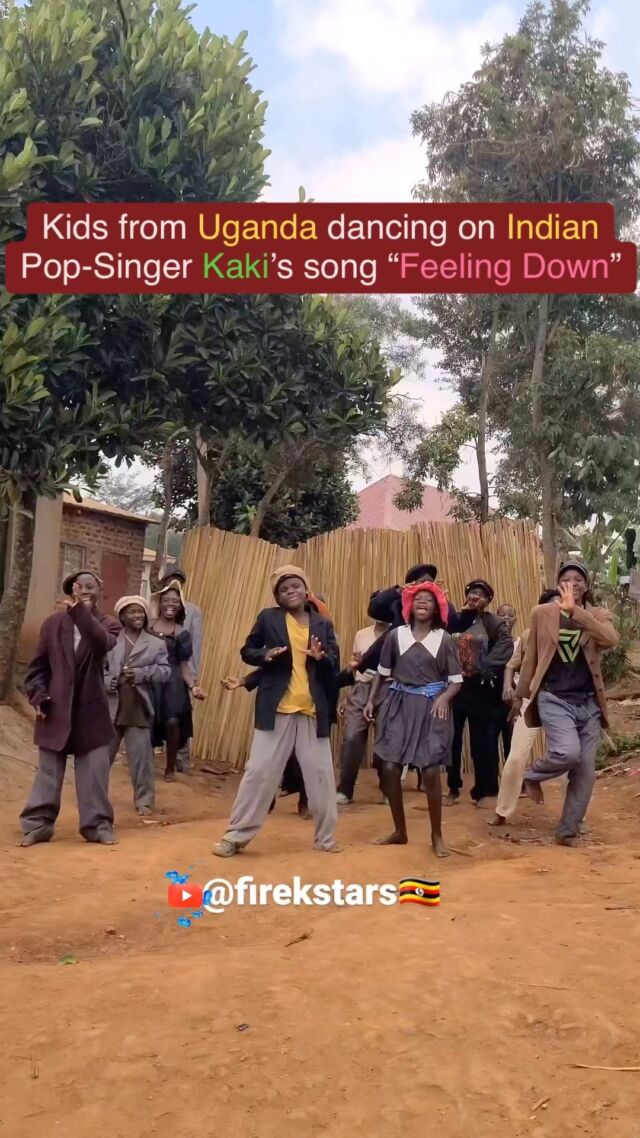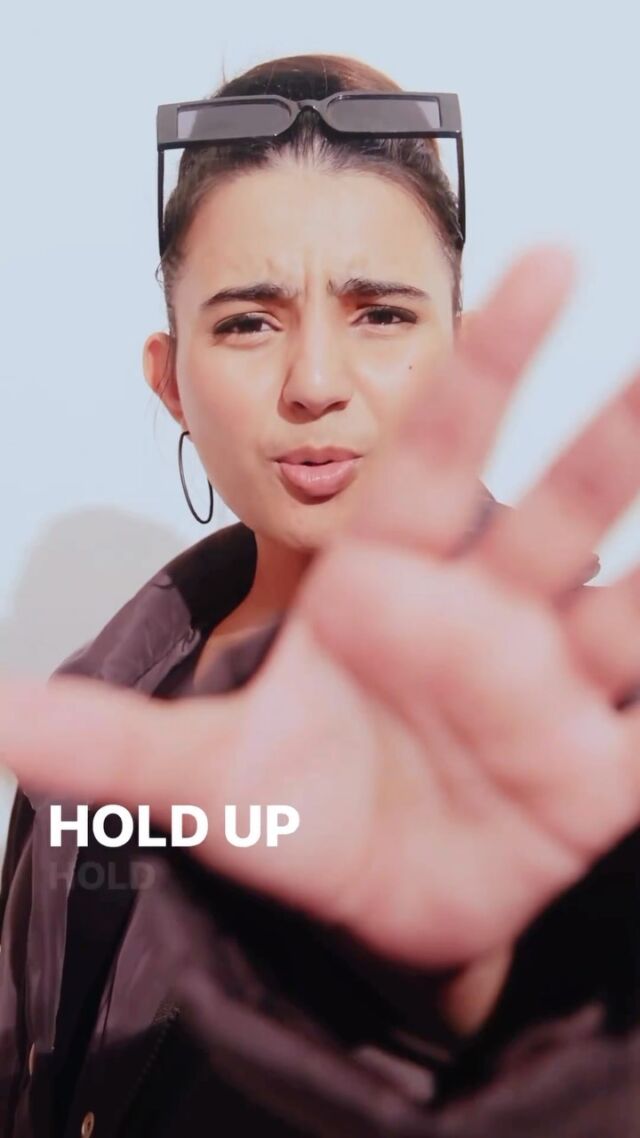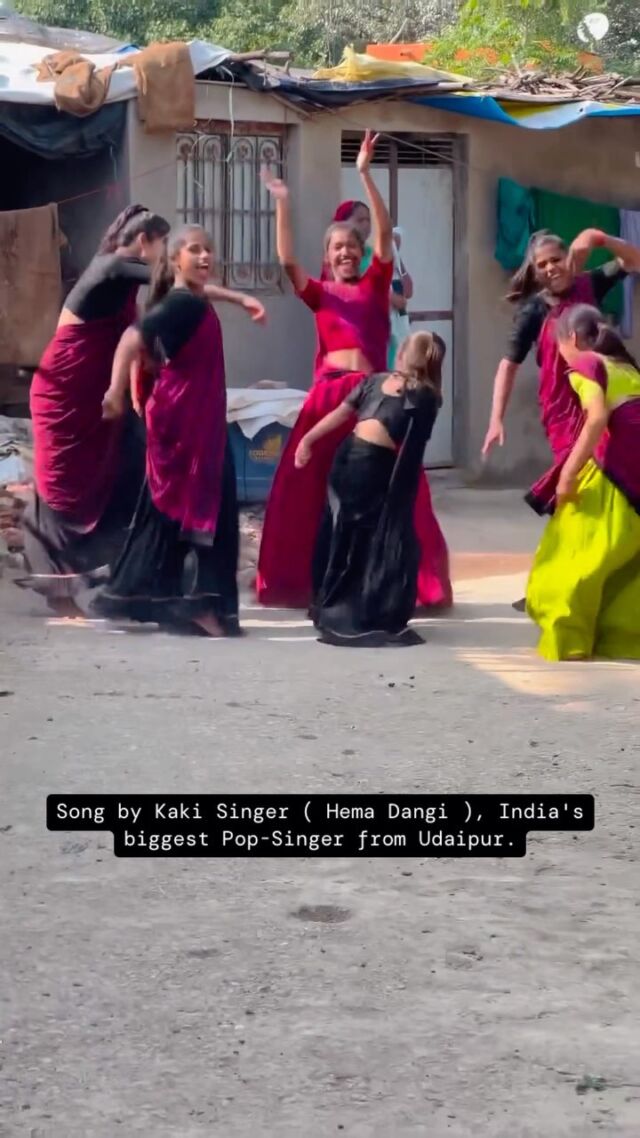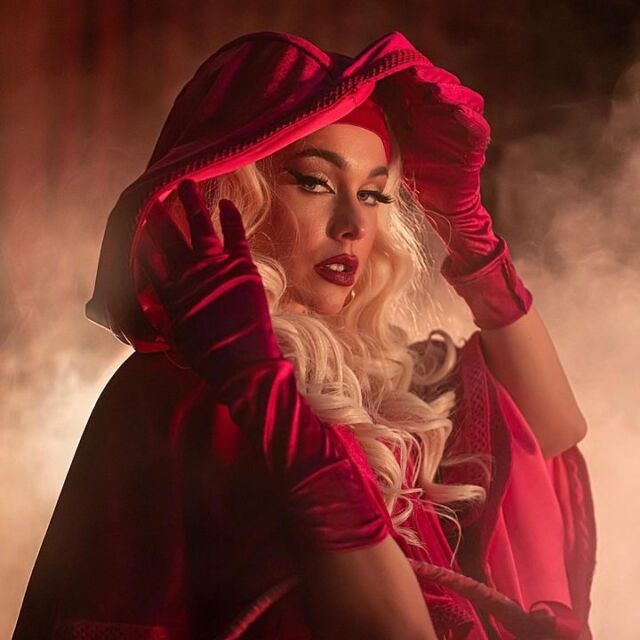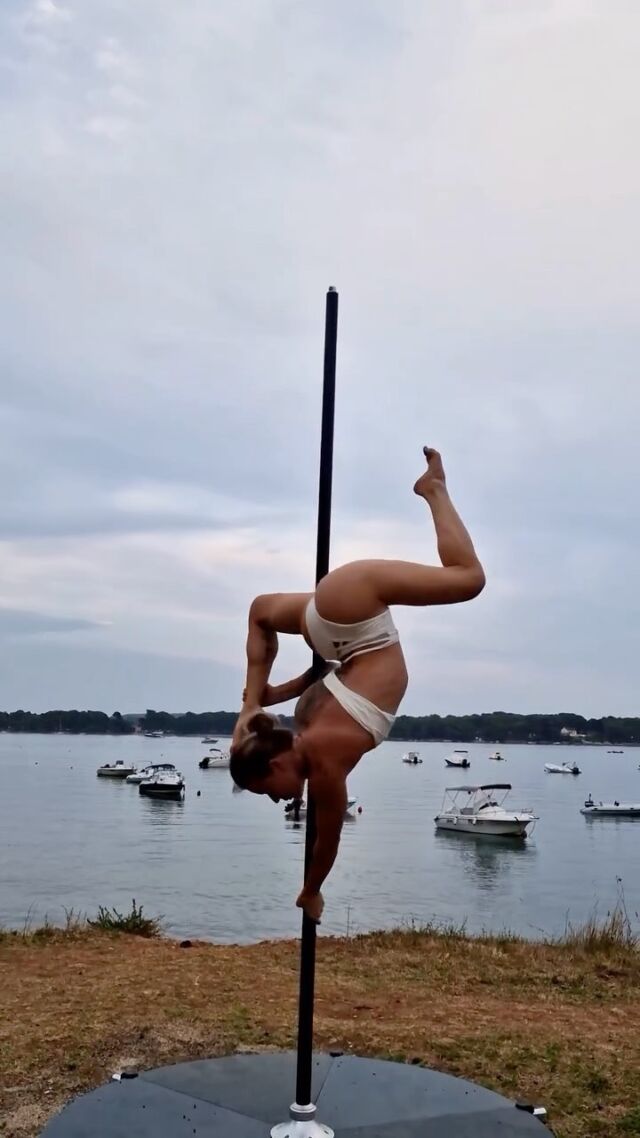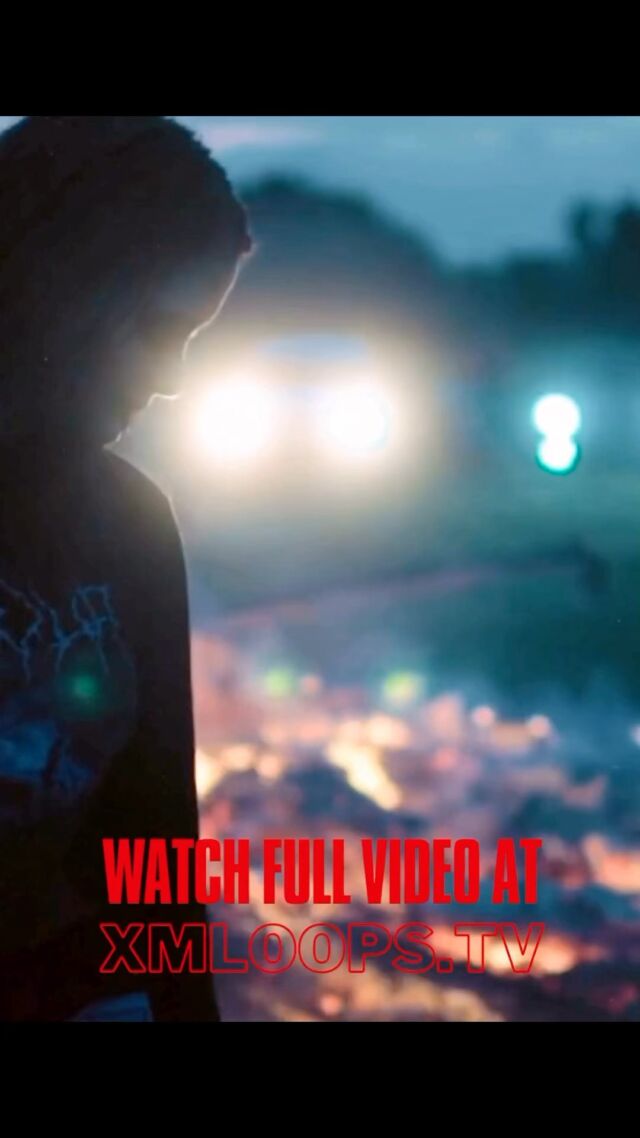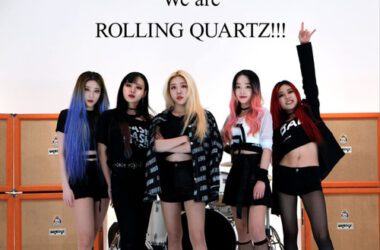Thousands of people crowded a neighborhood on Moscow’s outskirts on Friday — some bearing flowers and chanting, “No to war!” — as they tried to catch a glimpse of the funeral for Aleksei A. Navalny. The outpouring turned the opposition leader’s last rites into a striking display of dissent in Russia at a time of deep repression.
The service took place under tight monitoring from the Russian authorities, who have arrested hundreds of mourners at memorial sites since Mr. Navalny died. The police presence was heavy around the church where funeral services began shortly after 2 p.m. local time.
After a procession to the cemetery, Mr. Navalny’s coffin was placed next to his freshly dug grave. Video live streamed from the site showed his family members and then other mourners kissing him goodbye for the last time. Then his face was covered with a white cloth and the coffin was lowered to the Frank Sinatra song “My Way” and then the final song from “Terminator 2,” which Mr. Navalny considered “the best film on Earth.” Mourners slowly passed by, each taking a handful of dirt and tossing it into the grave.
People had chanted Mr. Navalny’s last name earlier as his coffin was taken into the Church of the Icon of the Mother of God Soothe My Sorrows, a Russian Orthodox church in southern Moscow. Images on social media showed attendees lining up, but also security cameras that the local news media reported had been recently installed, and signs forbidding mourners to take pictures or video in the church.
A photograph taken inside the church and shown on Mr. Navalny’s YouTube channel showed him in an open coffin, lying in repose with red and white flowers over his body. His parents held lit candles. His widow, Yulia Navalnaya, who has vowed to carry on his political activities, and his children, Daria and Zakhar, who no longer live in Russia, did not appear to be present.
As the funeral was ending, Ms. Navalnaya shared a post on the social platform X dedicated to her husband.
“Lyosha, thank you for 26 years of absolute happiness,” she wrote, using her husband’s nickname. “Yes, even over the last three years of happiness,” she said, referring to the time Mr. Navalny was in prison. “I don’t know how to live without you, but I will try to make you up there happy for me and proud of me.”
Outside the church, people chanted, “Thank you, Aleksei” and “Love is stronger than fear,” according to videos from the scene. As they gathered next to the cemetery, mourners cried out, “peace for Ukraine — freedom for Russia!” Mourners who came within sight of Mr. Navalny’s mother said “thank you for your son!” One observer, the Novaya Gazeta journalist Elena Milashina, said in a Facebook post that she believed “tens of thousands” of people had assembled. There was no way to verify that figure.
Around 3:15 p.m., videos showed the crowd tossing flowers onto the road as the funeral cortège left the church for the cemetery.
Almost 270,000 people were watching a livestream of the event organized by Mr. Navalny’s allies, while about 150,000 watched coverage on YouTube by the independent TV Rain, according to figures provided by the streaming platform.
The Navalny team accused the authorities of trying to prevent people from sharing photos and videos of the scene. Mikhail Klimaryov, the director of a Russian internet freedom group, the Internet Protection Society, said his group’s data showed that cellphone service in the area had been reduced to the lower-bandwidth 3G standard and described it as a “mobile shutdown.”
Opposition politicians, including Boris Nadezhdin, who sought to run against President Vladimir V. Putin in elections this month on an antiwar platform, and Evgeny Roizman of Yekaterinburg were in attendance, videos of the event showed. The United States ambassador to Russia, Lynne M. Tracy, was also seen in videos of the site outside the church.
Some people traveled from far away to attend the funeral. Anastasia, 19, had flown in from Novosibirsk, 1,800 miles from Moscow, to be present.
“I came here because this is a historic event,” she said in a voice message from the neighborhood where the church service was held. “I think that he is a freer man than all of us,” she said of Mr. Navalny. “He lived as a free man and died as a free man.”
In Russia, it is considered bad luck to give living people an even number of flowers in a bouquet — those are reserved for funerals. But Anastasia said that many mourners carried bouquets with an odd number, “because for them, Navalny lives on.”
When asked on Friday whether he could comment on Mr. Navalny’s political legacy, the Kremlin spokesman, Dmitri S. Peskov, said, “I can’t.” He suggested the Kremlin would crack down on anyone who sought to protest during the funeral. “Any unsanctioned gatherings will be in violation of the law,” Mr. Peskov told reporters during a daily phone call.
The funeral was not mentioned among the top stories on the state news agencies RIA Novosti or TASS.
Mr. Navalny’s funeral was held during a period of intense crackdown, and less than three weeks before Mr. Putin seeks another six-year term in elections scheduled for mid-March.
At least 400 people have been detained since Mr. Navalny’s death, according to the watchdog OVD-Info, including some for simply laying flowers at improvised memorials to him. A priest who sought to hold a funeral prayer for Mr. Navalny in St. Petersburg was detained while leaving his house. OVD-Info also reported 128 detentions in 19 cities on Friday.
Hours before the planned mourning rites, Mr. Navalny’s family had not received his body from a Moscow morgue, a spokeswoman said. But the body was eventually handed over around 12:30 p.m. local time, she said.
In the past two weeks, members of Mr. Navalny’s team complained repeatedly about the difficulty of negotiating with the Russian authorities to have Mr. Navalny’s body released to his family, which took days, and agreeing on a place to hold the funeral services.
Members of his team described difficulty persuading a church, a cemetery and even a hearse to take part in the burial, saying that the authorities wanted to prevent Mr. Navalny’s funeral from becoming a flashpoint for dissent.
On Thursday, allies of Mr. Navalny, who was 47, described systemic pressure on all hearse operators, saying that several that had agreed to take Mr. Navalny’s body from the church to the cemetery had pulled out at the last minute, citing threats. His team and his wife blamed the Kremlin and Moscow’s mayor, Sergei Sobyanin. Their assertions could not be independently verified.
“People in the Kremlin killed him, then they mocked Alexei’s body, then they mocked his mother, and now they mock his memory,” Ms. Navalnaya wrote on Wednesday.
According to Mr. Navalny’s spokeswoman, the official medical report concluded that the cause of death was “natural causes,” which his family, supporters and human rights watchdogs dispute. In the past year and a half, Mr. Navalny was ordered to spend 296 days in a punishment isolation cell, known in Russian as “SHIZO.” It is considered the most severe form of legal punishment for inmates in Russian prisons.
“They tortured him with hunger, they tortured him with cold,” his aide Leonid Volkov said during a livestream of the funeral on Mr. Navalny’s YouTube channel. For half a year, he was suing to get access to a dentist, which was eventually denied.
On Friday, the regional branch of a commission that monitors conditions in Russian prisons said it found “no significant violations” in the notoriously harsh penal colony where Mr. Navalny died. When asked if the dissident’s death came up during the inspection, the commission’s local chairperson said it had not.
The Kremlin has rejected the family’s accusations of its involvement, and Mr. Putin has not commented publicly on Mr. Navalny’s death. But the Russian leader authorized the promotion of the deputy director of the country’s Federal Penitentiary Service, Valery Boyarinev, just three days after Mr. Navalny’s death.
And Mr. Putin appeared defiant on Thursday in an annual speech, threatening the West with nuclear escalation and praising Russia’s political system as “one of the foundations of the country’s sovereignty.”
While Mr. Navalny opposed Russia’s invasion of Ukraine, the church where his funeral service was held has shown public support for it. Photos posted on its VK social media page on Monday showed priests in front of the church with a Lada car bought for soldiers participating in what Russia calls its “Special Military Operation.”
There was a fear that anyone who came to the funeral could be added to a database and possibly penalized at a later date, a rights lawyer, Evgeny Smirnov, told TV Rain. Mr. Navalny’s organization shared information offering legal consultations to people planning to mourn him.
Anton Troianovski, Tatiana Firsova and Oleg Matsnev contributed reporting from Berlin, and Alina Lobzina from London.


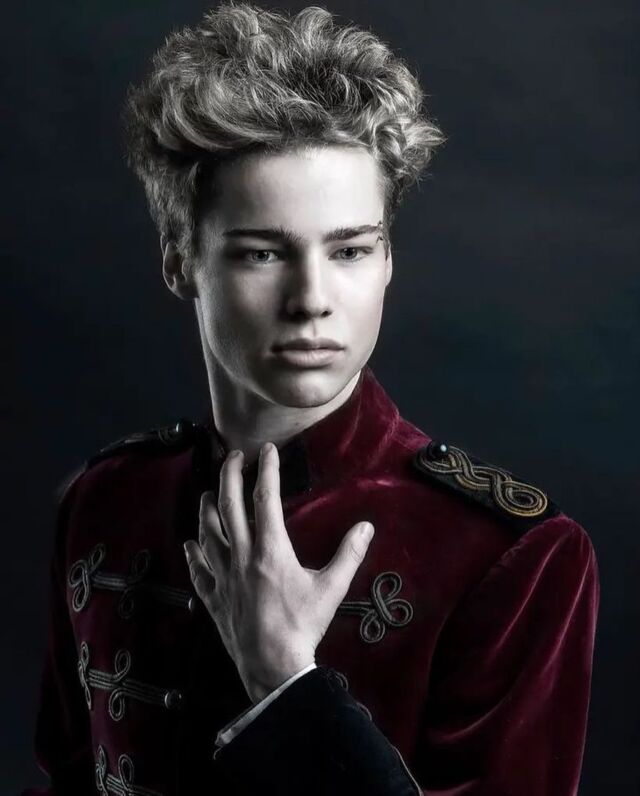





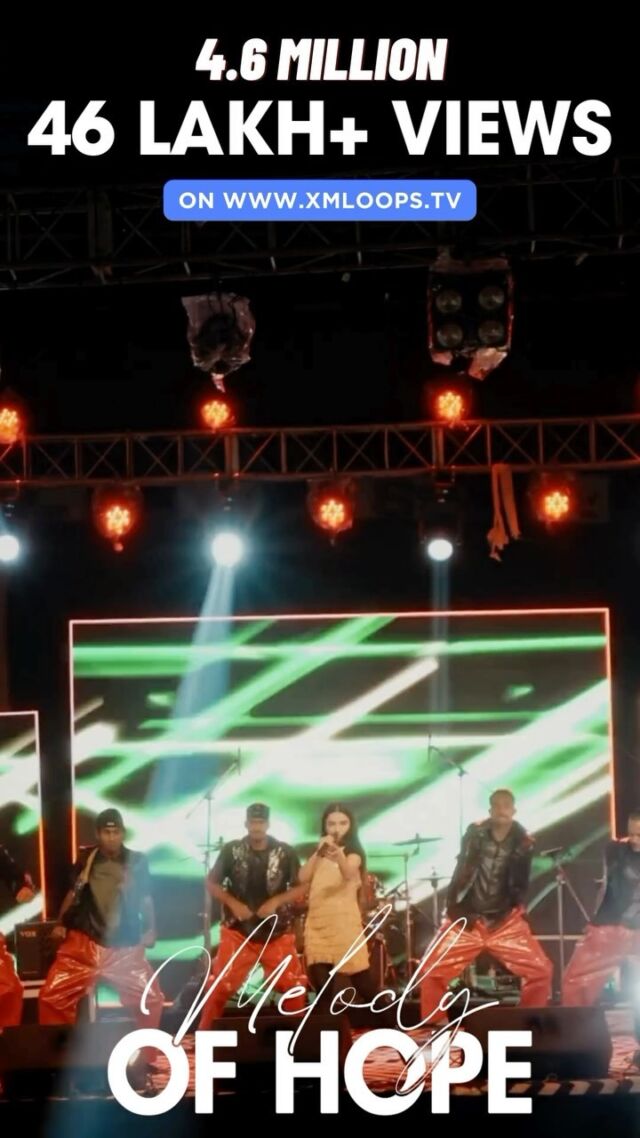


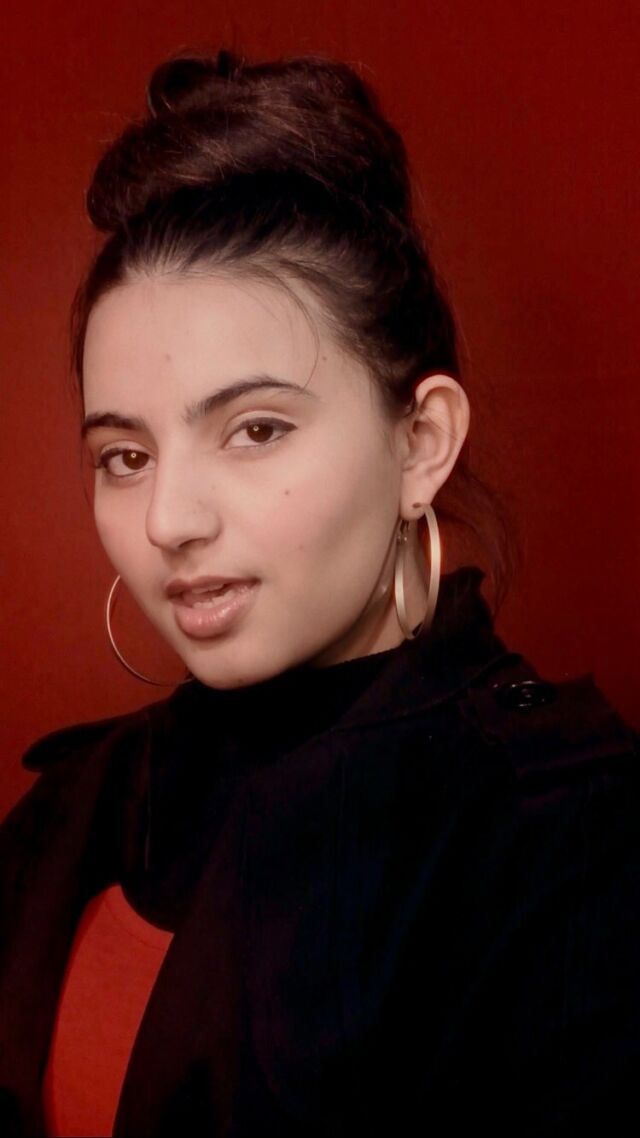
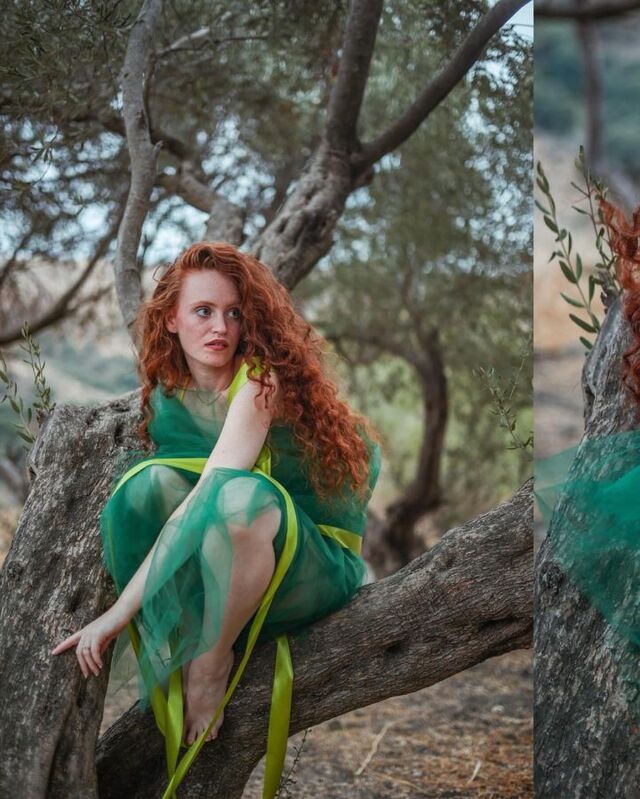
![Growing up learning Indian Classical Music, I’ve developed a deep appreciation for diverse musical genres, and techno is definitely one that has captured my interest. Got inspired to write this track by blending the beautiful melodies of Hindustani classical, particularly Raag Bhairav, with the beats of techno. Excited to share this fusion with you all!
Music by @miladzki
Check it out and vibe with me! 🎶✨
[ techno, newmusic, fusion, indianclassicalmusic, techno, music, kakisinger ]](https://talentsofworld.com/wp-content/uploads/wp-social-ninja/instagram/9xm.tv/18327743320185528_full.jpg)
![Listen to this Version of Dil Kho Gaya
Original Song From the Movie Dil.
Anand-Milind, Udit Narayan, Anuradha Paudwal sung this song
Music by Anand-Milind
Hope you guys like this Rendition of the Classic Song by Kaki Singer.
Like, Share & Comment.
[ Dil, Dil kho Gaya, old songs, Classic Bollywood, old song covers, retro songs, indian old songs, old hindi songs, melodies, kaki singer, Indian singers ]](https://talentsofworld.com/wp-content/uploads/wp-social-ninja/instagram/9xm.tv/17999564600299237_full.jpg)
